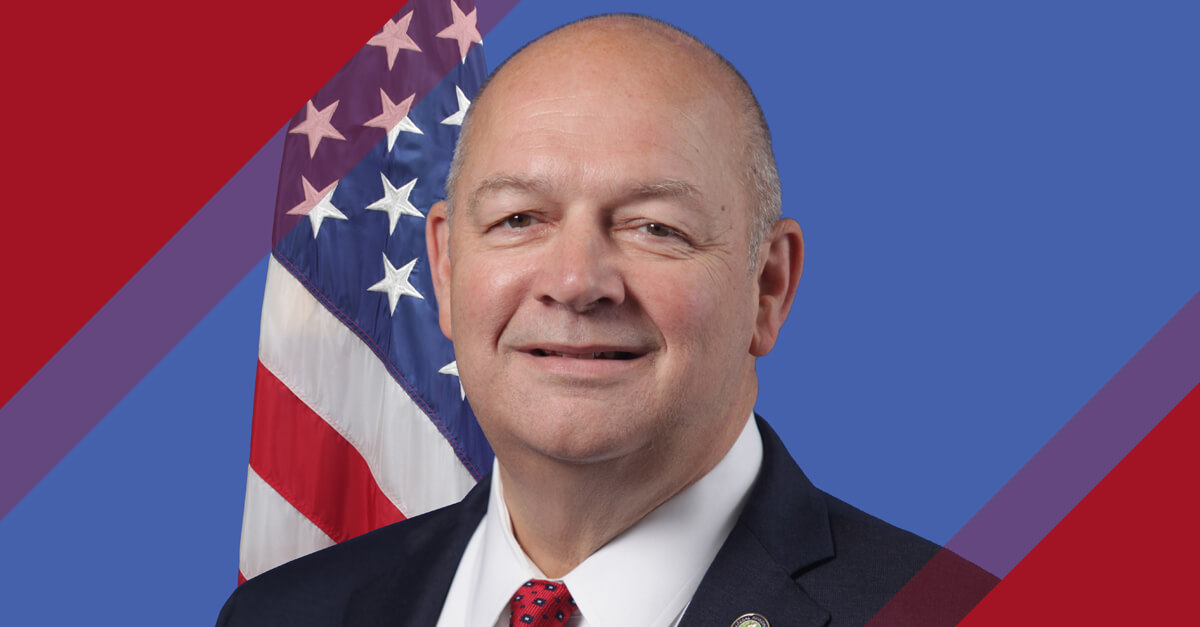
Dec. 11, 2020
The FAA will evaluate the performance of COVID-19 vaccines approved by the Food and Drug Administration (FDA) before adapting medical certification policies for pilots and airmen, FAA Administrator Steve Dickson said Dec. 11 during a virtual meeting of the Aero Club of Washington.
“There are policies in place for [the issue of] medical certificates and for how we deal with that process, and our aeromedical staff is evaluating that right now,” Dickson said. “As we monitor the FDA approval, our experts are looking at how the vaccine performs [and] we will put together policies for how they will be implemented both among our own workforce and in the workforce around the industry.”
In a wide-ranging presentation, Dickson noted that while the pandemic is “the biggest challenge that aviation has seen in decades, maybe ever,” he has been inspired by the FAA’s ability to continue to “accomplish much of our strategic flight plan to ensure we are well-positioned to lead the aerospace sector into a bright future.”
One of the primary successes of 2020, Dickson said, has been the agency’s ability to “make sure the global pharmaceutical industry can safely speed vaccines to the people who need them most.”
“Our team is enabling these efforts scientifically in a disciplined but innovative fashion by using safety risk management tools that are part of our safety management systems,” said Dickson. “Rather than trying to obtain waivers or modify the shipping equipment, which would be time-consuming and expensive propositions, the first airline to approach us was able to put controls and mitigations in place to significantly increase the amount of dry ice they can safely carry onboard for these flights, boosting the number of vaccine doses in the cargo hold while guaranteeing the safety of the crew. The result will be more vaccines delivered faster, with more lives protected or saved.”
Read more on the FAA’s guidance on dry ice handling.
This successful partnership with industry illustrates the strength of the relationship between the FAA and the private sector, noted Dickson. “I’m convinced that as a result of this past year, we will discover that our bonds are actually stronger and we’re standing together better prepared for the future,” he added. “Aviation again is going to play a central role, maybe even the central role, in our economic recovery so let’s make it our finest hour as an industry.”
Much of Dickson’s speech highlighted his optimism for the future of aviation. He pointed to the exponential growth of a commercial space sector that may complete 40 FAA-licensed launches and reentries this year and more than 100 “within a few years,” as well as the reintroduction of supersonic aircraft to business and commercial aviation fleets and the potential benefits of urban air mobility and unmanned aerial systems.
“As an agency, we are making sure that the policy and regulatory landscape welcomes these exciting new entrants while keeping safety as our North Star and ensuring that the National Airspace System continues to operate efficiently as it becomes more diversified,” Dickson noted.
The FAA also has been able to use the 20-month investigation of Boeing’s 737 MAX to improve its aircraft certification process and strengthen the agency’s relationship with aviation authorities around the world, he added.
“I’ve experienced a lot these past 16 months as FAA administrator that frankly inspired me and quite frankly left me energized and never more optimistic about the future of our industry. It is an exciting time, and out of crisis comes opportunity for those who look for it and are able to adapt,” Dickson said.
Dickson also called on the aviation industry to invest in a new generation of workers. “The FAA is heavily invested both internally and externally to finding ways to ensure that we have a robust pipeline of students,” he said. “There couldn’t be a more exciting time to get into this business and it’s up to us to help them find their way along this path into the aerospace industry.”


 International Business Aviation Council Ltd.
International Business Aviation Council Ltd.